When was the last time you wrote something by hand? Between smartphones, tablets, and computers, we often jot down shopping lists on our phones or take notes on a laptop during meetings. This digital transformation isn’t only affecting us adults—it’s also having a significant impact on children, with some surprising and unintended consequences.
In recent years, numerous studies have shown that handwriting, especially cursive, is becoming a challenging skill for many children. The prevalence of technology has led to significant changes in learning habits. According to an article in Repubblica, many children struggle with handwriting, finding cursive particularly difficult due to the greater coordination and fluidity it demands. Other studies, reported by Focus, suggest that handwriting instruction is in decline, with children gradually losing the ability to express themselves in cursive. Even Italy’s Accademia della Crusca has voiced concern, highlighting the cultural importance of handwriting.
Reading about these trends brings to mind the Latin phrase “Nulla dies sine linea“—attributed to Pliny the Elder—meaning “not a day without a line.” In other words, each day should involve writing or creating something. This motto underscores the importance of consistent practice, particularly for children developing their handwriting skills. Handwriting is not just a technical skill but also an art, a way to express thoughts, feelings, and experiences. Daily practice is crucial for fostering children’s cognitive and creative development.


Why Handwriting Matters
Handwriting is essential to a child’s development—not only academically but also cognitively and physically. It engages multiple skills, including hand-eye coordination, concentration, memory, and the ability to articulate thoughts. A study published in Frontiers in Psychology found that handwriting activates more brain cells than typing, enhancing learning capabilities. Encouraging children to write by hand positively impacts their overall development, improving school performance as well as cognitive and motor skills.
Handwriting is also a powerful form of personal expression. Each child’s handwriting is unique, reflecting their personality. Writing by hand can foster an emotional connection to the text, whether it’s a story, a diary entry, or simple notes. It’s a deliberate, mindful activity that develops the ability to reflect and organize thoughts.
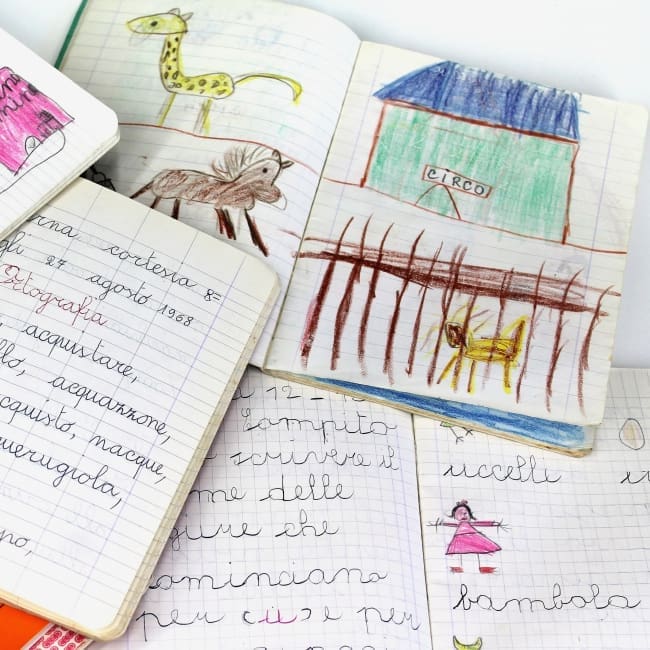
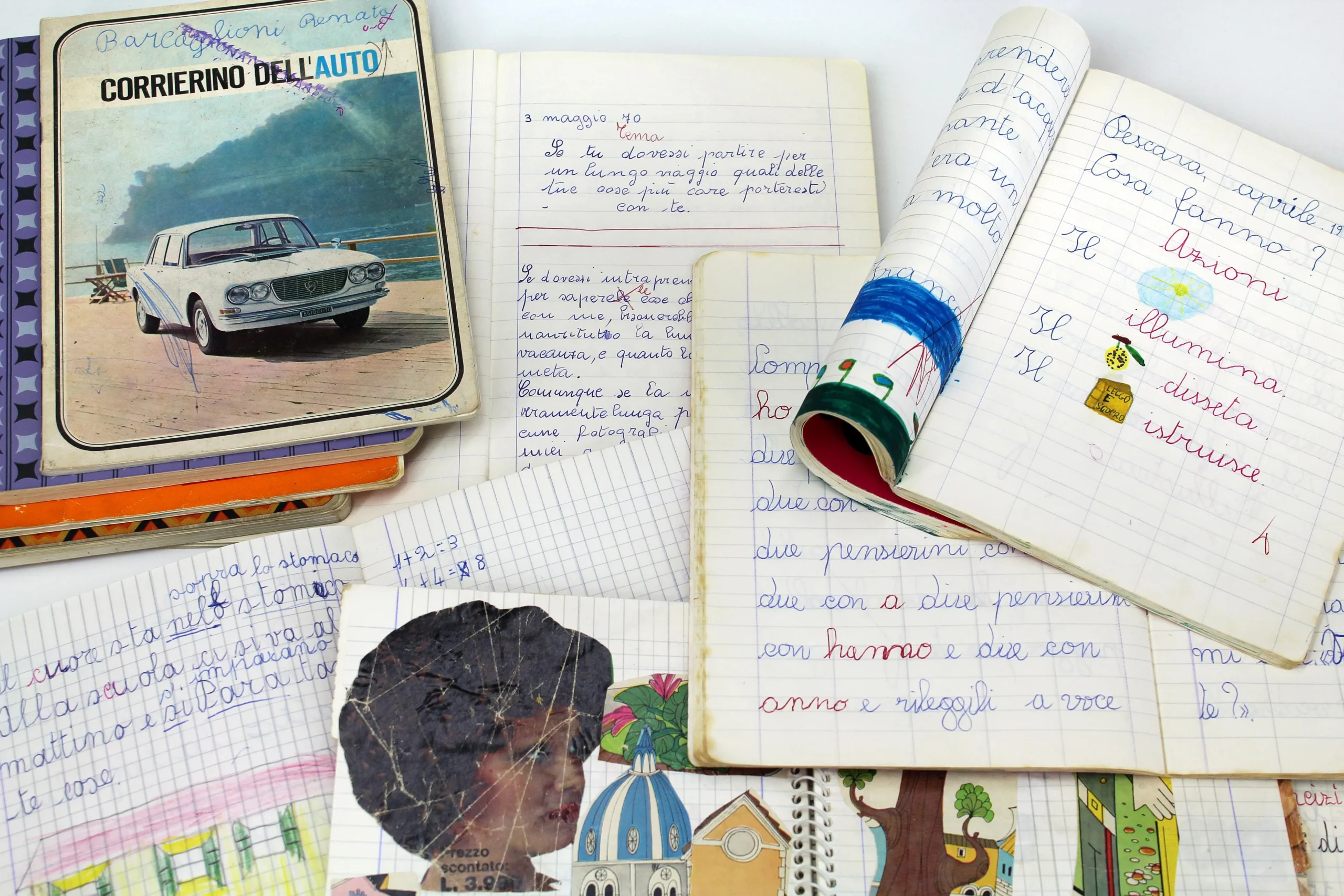
The Importance of Cursive Writing
Cursive writing holds a special role in children’s writing development. Writing in cursive requires fluid, continuous motion, which helps develop fine motor skills and improves hand coordination and dexterity.
Cursive also aids children in better understanding word structure and pronunciation. Unlike block letters, cursive fosters continuity and connection between letters, making reading and writing more intuitive. It can also enhance writing speed and note-taking abilities—skills that become essential in school and beyond.
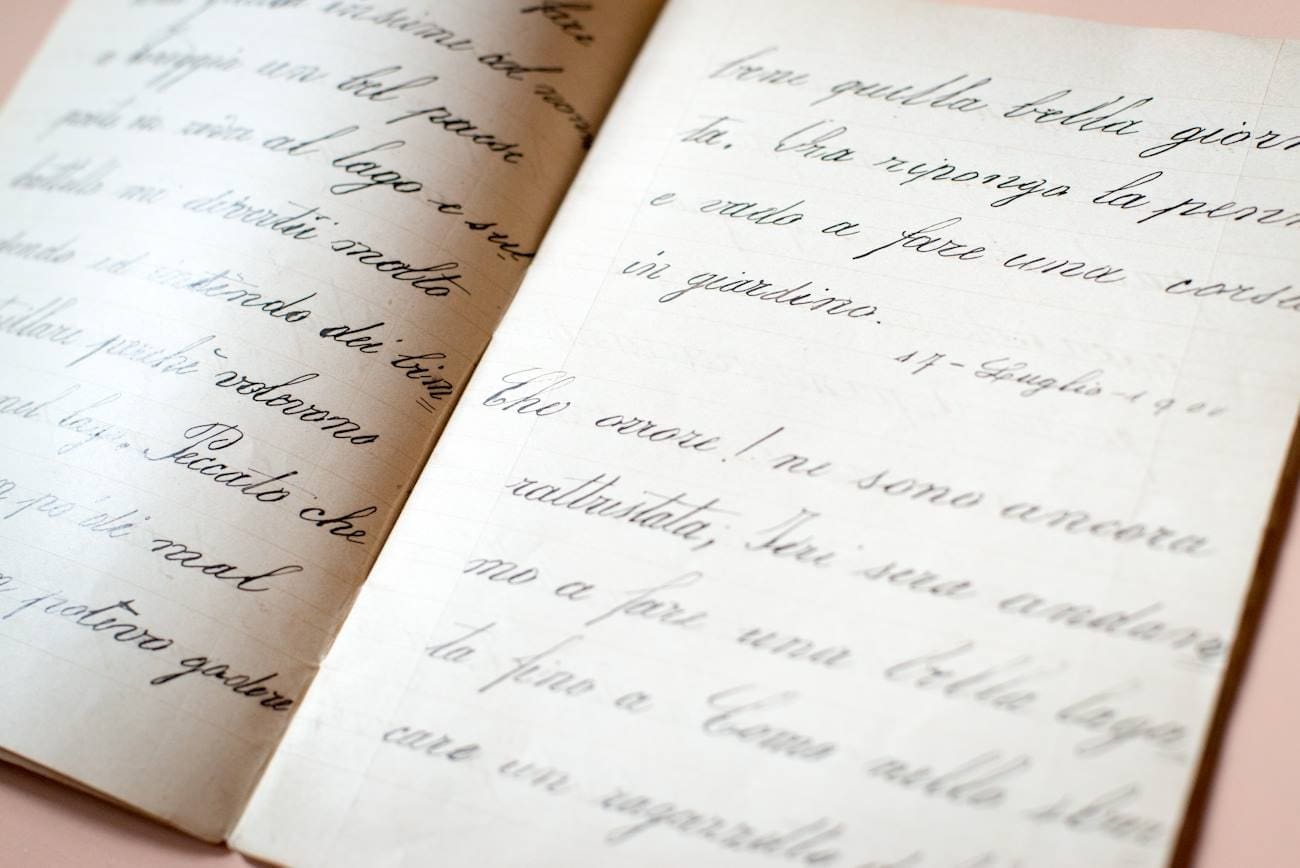
Research by Professor Vertecchi
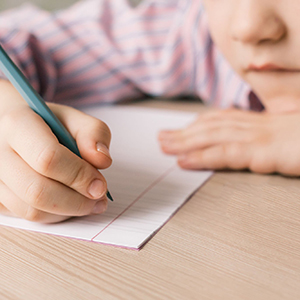
Professor Benedetto Vertecchi, a leading expert in education, conducted a study that underscores the importance of handwriting for children’s cognitive development. The research involved 380 students in grades 3–5 from two Roman primary schools, who spent 15 minutes daily (Monday through Friday) writing short handwritten texts of 4, 5, and 6 lines.
The analysis revealed that children were increasingly struggling with handwriting, particularly cursive. Many students had not developed their own cursive style, with their handwriting often consisting of disconnected block letters.
Vertecchi emphasized that abandoning handwriting could negatively impact cognitive development, as it is closely tied to memory and the ability to organize ideas. His research shows that handwriting not only consolidates knowledge but also fosters creative expression and independent thinking.
The best Arbos notebooks for Kids
Having a special notebook can make a big difference in motivating children to write and improve their penmanship. Arbos notebooks, crafted from sustainable and recycled materials, are the perfect choice for teaching children the value of handwriting and sustainability.
Here are some of our top picks for kids:
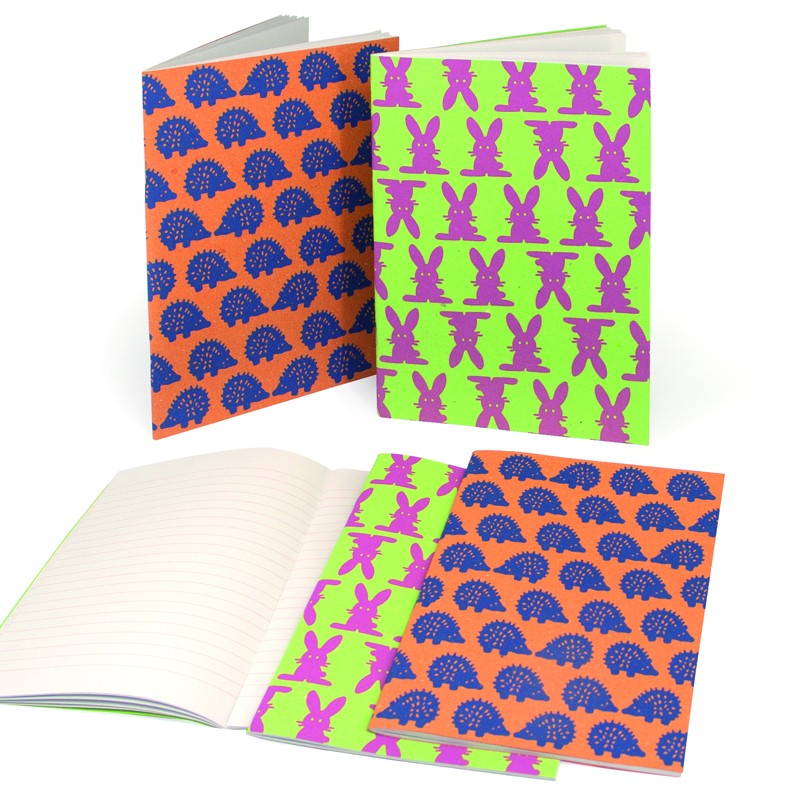
Pups Notebooks:
Made from colorful straw paper, featuring adorable animal designs like rabbits and raccoons—perfect for brightening up school days, even during exams.
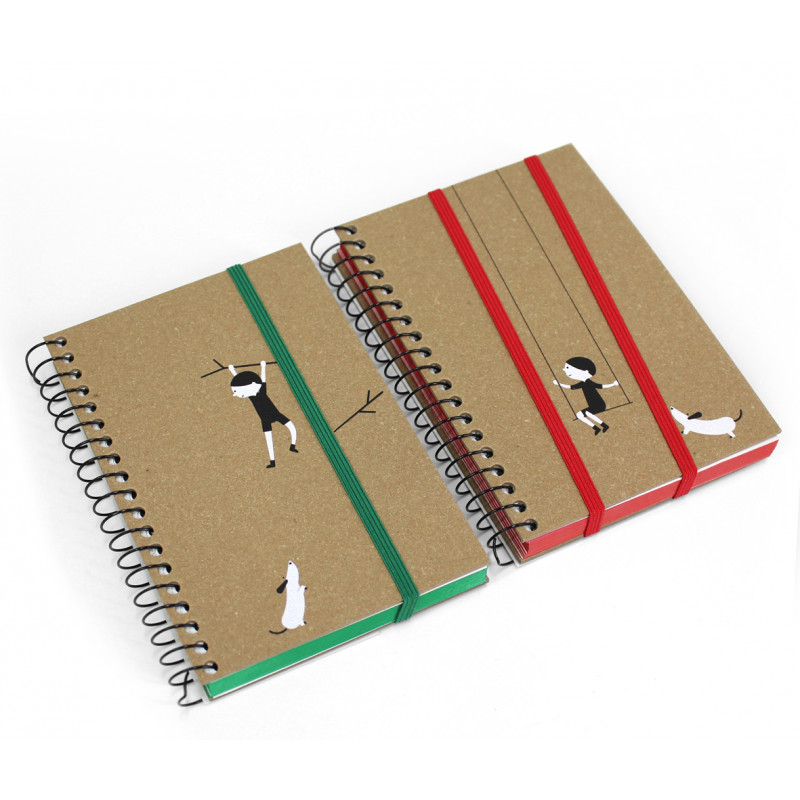
Comics Spiral Notes:
Fun notebooks where the elastic closure is part of the cover’s playful design, featuring characters like Milo and his dog, Poldo.
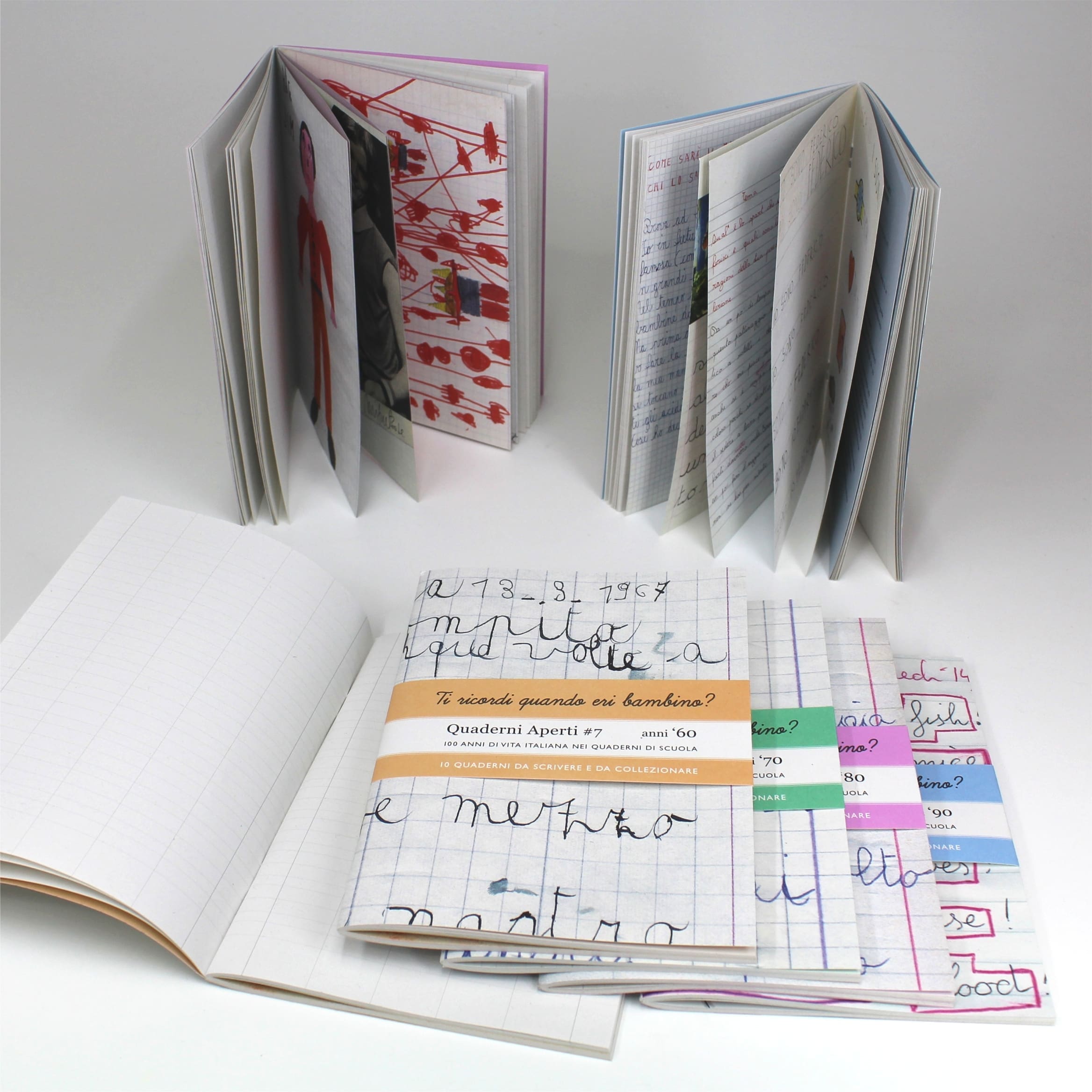
Quaderni Aperti:
School notebooks that celebrate decades of history. Each notebook includes a full-color insert featuring reproductions of writings and drawings by children from the 1960s, ’70s, ’80s, and ’90s.
The Role of Phones, Computers, and Tablets
There’s no denying that smartphones, computers, and tablets have transformed how children learn and interact with writing. While these tools make accessing information easier and faster, they’ve also reduced the use of handwriting. Typing has become the primary method of communication in school and daily life, leaving less time for practicing handwriting.
Excessive use of digital devices during childhood can slow the development of fine motor skills, which are essential for handwriting. Typing lacks the complexity of movements required by handwriting, such as pressure control and precise strokes.
Moreover, handwriting stimulates more brain activity than typing, engaging motor and sensory processes that enhance memory and understanding.
While technology is an integral part of modern life, finding a balance is key. Children should learn to use digital tools effectively while also having opportunities to develop handwriting skills. Teaching children the value of writing by hand—not just as a school skill but as a form of expression and personal reflection—is essential for their overall growth.
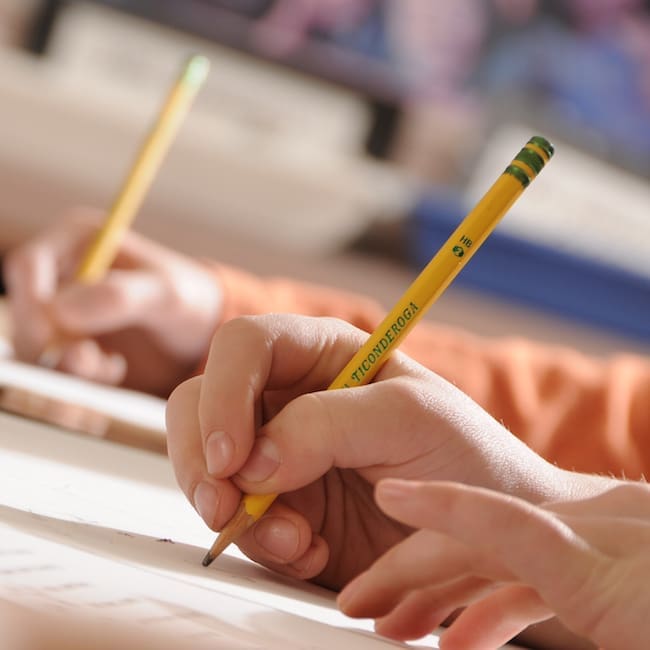
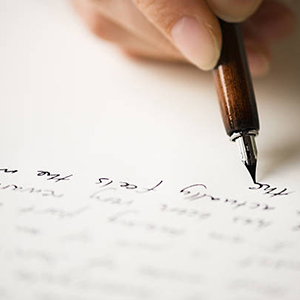
Conclusion
Teaching children the value of handwriting is more important than ever. Choosing the right tools, like Arbos notebooks, can make all the difference in encouraging kids to write and making the process enjoyable and rewarding. With its commitment to sustainability and quality materials, Arbos offers products that inspire children not only to master cursive but also to love writing and care for the planet.
